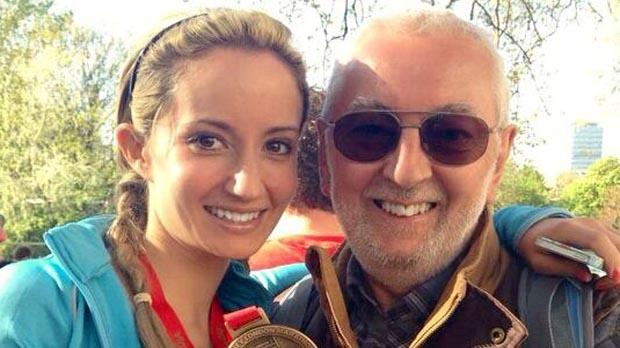
“I think it’s really important that people keep signing up to these type of trials to push research forward.”
This study looked at whether using a scan called ‘Helium 3 MRI’ can help doctors see how well the lung tissue not affected by cancer is working.
When planning radiotherapy for people with lung cancer, doctors try to avoid as much healthy lung tissue as possible. But this can be difficult because scans do not show healthy lung tissue very clearly. If a large dose of radiotherapy is given there is a risk of inflammation of the lungs which can lead to a dry cough or shortness of breath. This is called radiation pneumonitis
In this study researchers looked at a new type of scan called ‘Helium 3 MRI’ to show healthy lung tissue. This is similar to a regular MRI scan, but works in a slightly different way.
Helium 3 MRI involves breathing in a gas called Helium 3. The areas of lung that the helium can reach will then show up on the scan. From this doctors can see which parts of the lung are still working, so they know where to try and reduce radiation doses when they plan treatment.
Researchers also compared information from these scans with normal MRI scans, CT scans and breathing tests. The main aims of this study were to see if Helium 3 MRI scans could
The results of this study showed that a Helium 3 MRI scan does give information that helps
The results and experience of doing this study meant that the researchers could open a new study. This study is using improved ways of doing scans and is looking at MRI scan using a different type of gas (xenon-129).
We have details of the new study on our clinical trials database.
We have based this summary on information from the research team. As far as we are aware, the information they sent us has not been reviewed independently ( ) or published in a medical journal yet.
) or published in a medical journal yet.
Please note: In order to join a trial you will need to discuss it with your doctor, unless otherwise specified.
Dr Matthew Hatton
Department of Health
Engineering and Physical Sciences Research Council (EPSRC)
Experimental Cancer Medicine Centre (ECMC)
Sheffield Hospitals Charity
Weston Park Hospital Cancer Appeal
Yorkshire Cancer Research
If you have questions about the trial please contact our cancer information nurses
Freephone 0808 800 4040

“I think it’s really important that people keep signing up to these type of trials to push research forward.”